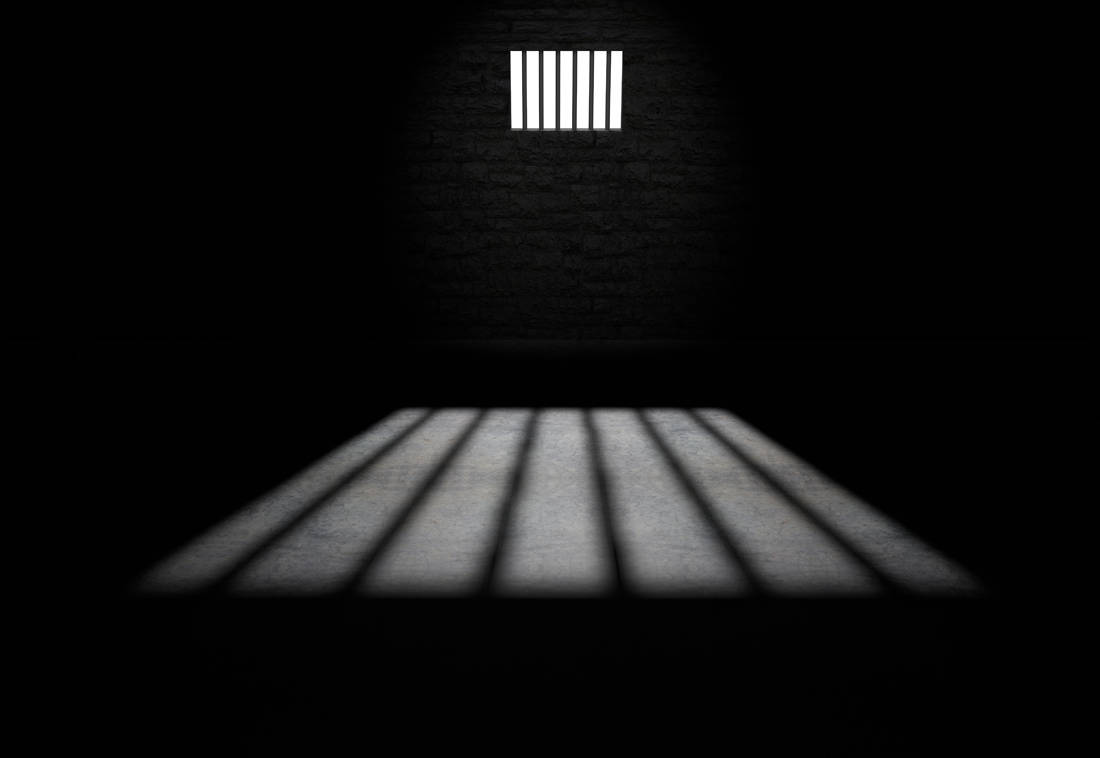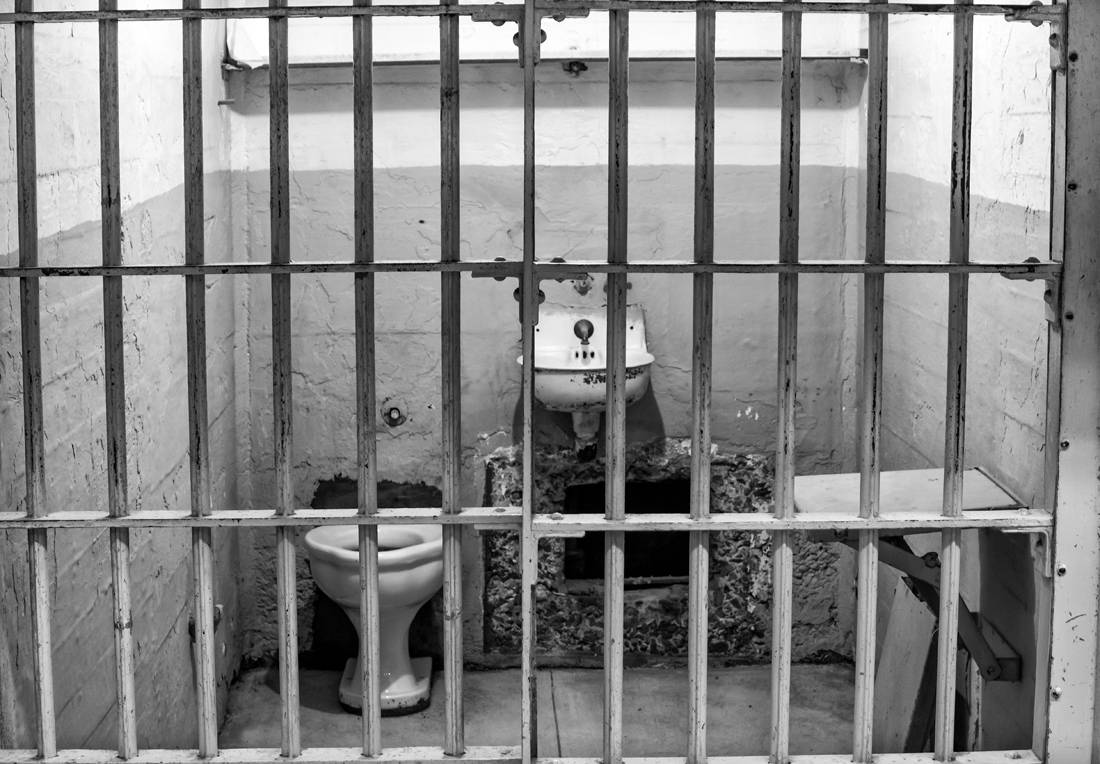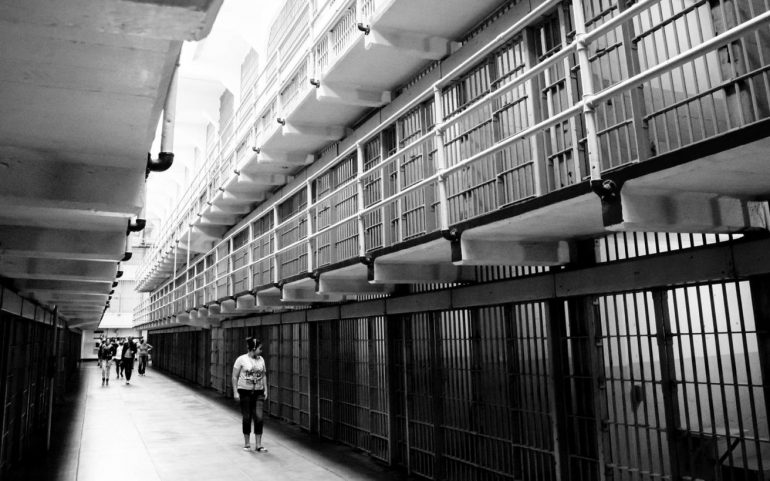White is associated with light, goodness, innocence, purity and a sense of security. But there is a case that is the main component of a torture that has one and only goal: the overthrow of the personality.
White torture or white cells, as it has become widely known, apply mainly to political prisoners and contain neither pain nor blood. But it contains the torment of the soul that can even lead to madness.
Amnesty International recorded in 2004 the white torture of Iranian Amir Abbas Fakharavar who was taken to Tehran's Evin Prison as the first such case in Iran. He confirmed what he experienced in a television interview. “His cells had no windows, the walls and his clothes were white. His meals included white rice on white plates. To be allowed to use the toilet he had to put a white piece of paper under the door. The guards forbade him to speak and even the shoes they wore were light so that their steps would not make noise," the NGO said.
The white ones cells usually exist in prisons away from urban centers. Prisoners must be cut off from the life they knew, away from sounds, voices and smells and surrendered to the madness of white.
In the cells, which are usually long and narrow and semi-underground - there is no window or there are small openings in blind spots. The furniture does not move and is usually made of cement or metal. Hygiene items are present in the cell so that the movements of the prisoners are limited to a minimum. Showers are on a timer to prevent flooding, and meals are delivered to the prisoner through a small metal hole.

The effects on the mental health of prisoners coming out of the white cells are indelible. Iranian journalist Ebrahim Nabavi's description to Amnesty International of the desperation of the white cell is typical. "Since I left Evin prison I can't sleep without pills. It's horrible. Loneliness never leaves you, it lingers long after you're set free. Every closed door scares you. They get what they want without hitting you. They may convince you that the president has resigned, that your wife is being held, that someone you know told you a lot of lies about you. You start to break down. And when you break they take control. And then you confess."
The atmosphere inside the cell is deliberately monotonous. On the one hand, there is a constant intensity of artificial light 24 hours a day, which makes the prisoner feel that there is no outline anywhere. Depending on prison this light is either controlled by the prisoner or by the guards. In some penitentiaries the light is so intense that the prisoner cannot even sleep. He is forced to cover his head, a movement that is prohibitive, with the result that the guards wake him up and he can not sleep normally.
On the other hand, stimuli, noises and smells are absent. In such a context, hallucinations, delusions and psychotic symptoms begin and prisoners often show an inability to even write sentences.

"After two months without communication, my mind started to lose it. "Some days I heard footsteps but they were not real," said Sarah Sud, who was hiking with her friends in 2009 when they mistakenly crossed the border between Iraqi Kurdistan and Iran and were arrested as spies.
"I spent most of the day trying to hear something through the crack in the door. I started to see flashing lights, but there was nothing around me. I hit the walls until my hand cursed and then I cried. At one point I heard someone screaming. A guard opened the door and grabbed my face, trying to get me. "I was the one screaming," he says.
In addition to white, the deconstruction of the psyche is achieved either in the absence of noise or in the presence of noise at high volume. Even when music is played, prisoners are forced to listen to it at high decibels, thus intensifying their emotional stress.
Some detainees, such as journalist Massoud Behnoud, experienced the horror of white torture, and when they were allowed a short time in the courtyard and back in the cell, they became even more difficult from the first time they entered it.
"After days without conversations, books, toothpaste, they threw clothes into my cell and told me to "put it in". He remembers that the belt could not hold the pants, the jacket was floating. I thought "I'm being released". They told me "you have a visitor". I saw sky, I told him I appreciate him, I saw trees. And then I realized that when they said 'you have a visit' I would go back to that hole," he told Human Rights Watch
In addition to Iran, Northern Ireland, the United States (with the approval of George W. Bush) and Venezuela have been blamed for the white cells.
See the representation of isolation in the white cell:
This is white torture…
